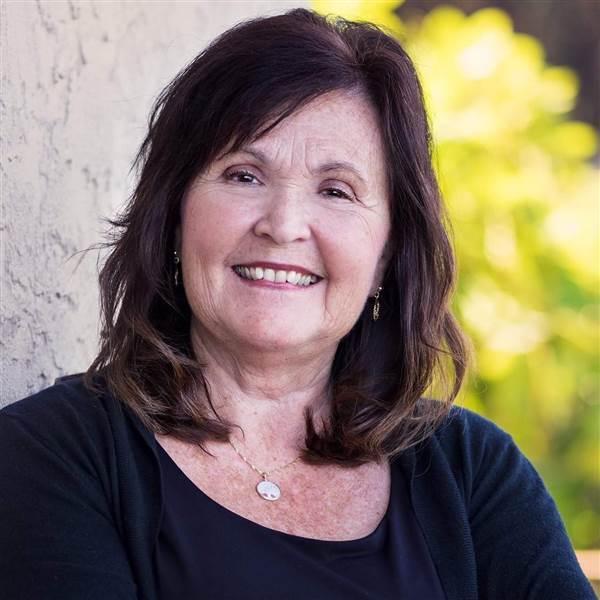Few topics cause more confusion than the subtle but important difference between acting as pilot in command (PIC) and logging PIC time. Perhaps we can clear that up.
As we know, the PIC is responsible for the safe operation of the flight. At any given time, there can only be one acting PIC on a flight, no matter how many pilots are on board. To legally act as PIC, a recreational, private, commercial, or airline transport pilot must have a current medical certificate, all required endorsement and ratings, and have satisfied the recency of experience requirements for the type of aircraft being flown and the flight conditions under which the flight is conducted. Sport pilots can act as PIC with a valid and current driver's license in lieu of a medical certificate. Before the start of a flight with more than one pilot, the pilots should agree on who is acting as PIC.
Now, the PIC may allow anyone — including a nonpilot — to fly the airplane, or be "sole manipulator of the controls" during the flight. But regardless of who is manipulating the controls, the PIC is ultimately responsible and accountable for the safety and operation of the flight.
Generally, a pilot may log PIC time when he or she is the sole occupant of the aircraft; is the sole manipulator of the controls of an aircraft for which he or she is rated or has privileges; or is acting as PIC when more than one pilot is required. The FARs provide several situations where two pilots may log PIC time, even though only one of those pilots is acting as PIC.
Let's say you want to get an endorsement to fly tailwheel airplanes. If you are a private pilot certificated to fly single-engine land airplanes, you are properly rated to fly single-engine tailwheel airplanes. So, you can log your flight time during instruction when you are sole manipulator of the controls as PIC time. Your flight instructor can also log PIC time since he or she is the acting PIC when providing flight instruction to you. The same holds true for some other kinds of flight instruction.
What about logging time when flying with a safety pilot? When practicing flying in simulated instrument conditions with a safety pilot, both the pilot flying the aircraft by reference to instruments and the safety pilot may log PIC time if the safety pilot is acting as PIC. As long as the pilot flying the aircraft is rated for the aircraft being flown, he or she may log this time as PIC on the basis of being the sole manipulator of the controls. Because the pilot flying will be wearing a view-limiting device, a safety pilot is a required crewmember on board, and as such, may log as PIC any flight time for which he is acting PIC. Remember, though, that the regulations require a safety pilot to possess at least a private pilot certificate and have a current airman medical in order to act as a required crewmember, so student pilots, sport pilots, recreational pilots, or pilots with expired medicals cannot act as safety pilots.
Membership Q&A
Answers to frequently asked questions about your AOPA membership
Q:How can I increase my chances of winning AOPA's Sweepstakes airplane?
A:You can enroll in our convenient Automatic Annual Renewal program and get two additional entries into the 2007 Catch-A-Cardinal Sweepstakes. And guess what? When you enroll, you'll also save $4 off this year's membership dues if it's your first time enrolling in the program, and $2 off every year after that if you use your AOPA credit card. With a quick call to our Member Services Center at 800-USA-AOPA (872-2672), 8:30 a.m. to 6 p.m. (ET) Monday through Friday, you can join the more than 170,000 members who no longer receive renewal notices in their mailboxes and who are helping AOPA save money that can be used for important efforts such as our battle against user fees.
Q:Is it possible for a member to get both AOPA Pilot magazine and AOPA Flight Training magazine? Both magazines have great content that would be helpful to me.
A:You can get both magazines for an additional $18 a year. Just call Member Services and we'll be happy to get this started for you.
Q:When's the best time to call AOPA's toll-free number for service or information?
A:Our call center is open from 8:30 a.m. to 6 p.m. (ET) Monday through Friday. Our staff goes to lunch in shifts between noon and 2 p.m. (ET) daily, so we aren't able to cover as many phone lines during that period. If you call before or after that time period, you increase the chance that your call will go right through to a representative or at least minimize your hold time. If it's more convenient for you, send us an e-mail instead and we'll be glad to help!
Member Services contact information:
Phone:800/USA-AOPA (872-2672), from 8:30 a.m. to 6 p.m. (Eastern time) Monday through Friday
E-mail: [email protected]



